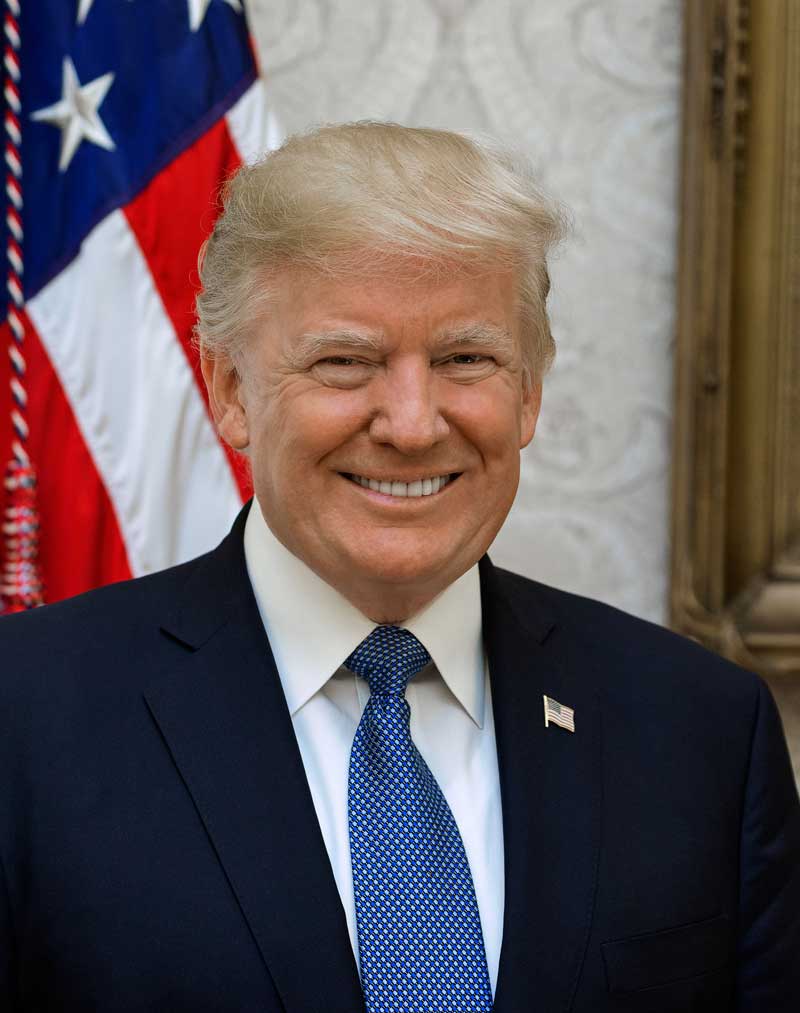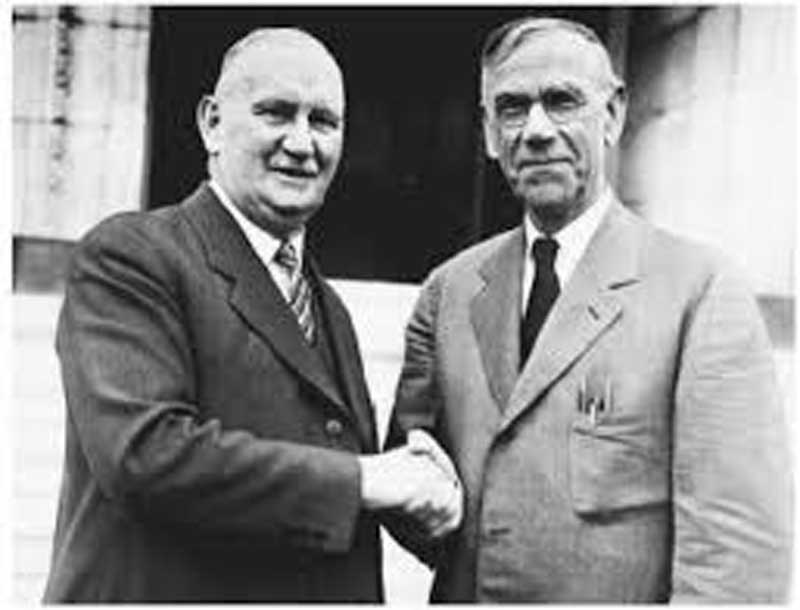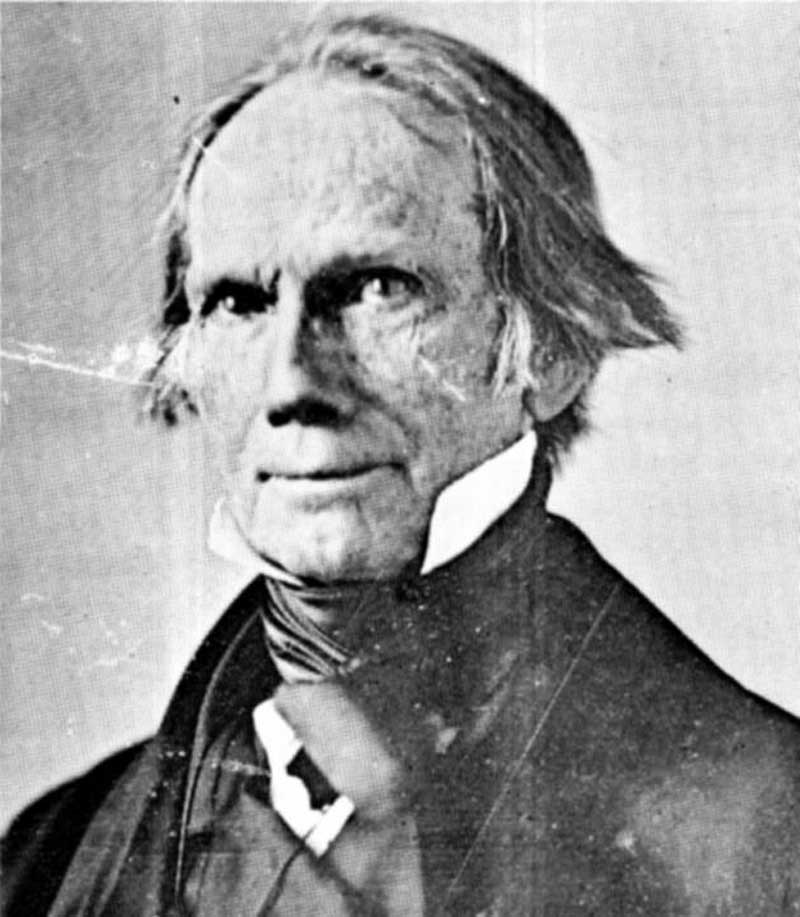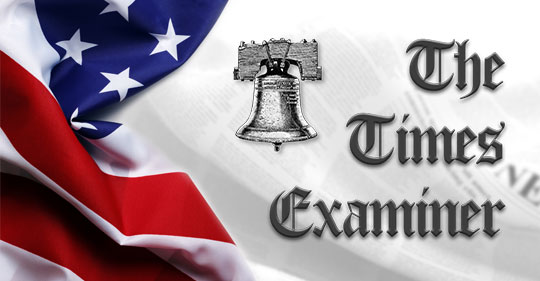- The Purpose of your Life -
- Revisiting the Great Work of Medical Missionary Dr. Anne Livingston in Haiti
- "I Beat Hitler!"
- Dick Cheney Was a Great Boss
- Concise Theology in Scripture
- U.S. Tomahawk Missiles and Ukraine
- The Battle for Pokrovsk
- Get US Out! of the USMCA
- Teachers’ Unions’ Backing of Radical ‘No Kings’ Rallies Speaks Volumes about America’s Education System
- Public Advocate CEO Eugene Delgaudio Asks President Trump to Punish Discover - Debanking Link to Southern Poverty Law Center Cited
- Can We Change The History Of Our Future?
- The Busan Trade Summit between U.S. and China
- Project Ukraine and Ukrainian/CIA Intelligence
- Tariffs in American History
- Ukraine War Complications: Moldova and Transnistria
Kevin McCarthy and the Party of Lincoln
- Details
- By Mike Scruggs
- Category: Mike Scruggs' Column
Misinformed Virtue Signaling Gone Too Far
On Sunday, January 11, on the popular Sunday TV show “Face the Nation,” House Republican Minority Leader Kevin McCarthy took the opportunity to condemn the remarks made by Republican Representative Steve King in a New York Times interview on January 10, in which King questioned the appropriateness of condemning the use of the terms “white supremacy” and “white nationalist.”
The New York Times article entitled '"Before Trump, Steve King set the agenda for the wall and anti-immigrant politics” contained this quote from King:
The Immigration Crisis Is Real and Terribly Dangerous
- Details
- By Mike Scruggs
- Category: Mike Scruggs' Column
Congress Gets Most of the Blame

According to North Carolinians for Immigration Enforcement (NCFIRE), in 2018, there were 743 child rapes or sexual assaults on children in North Carolina by 215 illegal immigrants. Don’t tell me the immigration crisis is a manufactured crisis. The Democrat Party and their lock-step mainstream news media need to re-start their brains and moral sensibilities and get their heads out of the sand.
Tariff Wars
- Details
- By Mike Scruggs
- Category: Mike Scruggs' Column
Dividing Leviathan among the Merchants – Part 2

The Morrill Tariff, which was introduced by Republicans in the U.S. House of Representatives in 1858, was one of the three highest tariffs in U.S. History. It passed the House on May 10, 1860, receiving only one Southern vote. Lincoln campaigned for it and was elected President on November 6, 1860. It passed the Senate with no Southern votes on March 2, 1861, two days before Lincoln’s inauguration. This would more than double the tariff rates under the “Free-Trade” Tariff passed in 1857. Lincoln promised to collect the tariffs due at Southern ports, which were about 83 percent of the total U.S. tariff income. Its average tax on dutiable goods reached 47 percent, and the total overall average rate including duty-free items was 29 percent.
Tariff Wars
- Details
- By Mike Scruggs
- Category: Mike Scruggs' Column
American Economic Struggles 1789 to 2019 - Part 1 of 2

Tariffs are a tax on specified imported goods to provide revenue for the Federal government. In the early history of Federal taxation in the United States, 95 to 100 percent of Federal tax revenues came from tariffs on imported goods. High tariffs on some imported goods have frequently been used to protect U.S manufacturers from competition from lower priced foreign goods. In addition, it has been in the national interest to assure that we do not become dependent on foreign sources for materials and goods critical to national security.
The Russian (Soviet) Experience in Afghanistan
- Details
- By Mike Scruggs
- Category: Mike Scruggs' Column
Reagan, Gorbachev, the Soviet Pull Out, and Now
Despite the heavy pounding by Red Army and Soviet Air Force firepower, the Mujahidin hung on, largely with the help of U.S. and other Allied finances and weapons. China supplied them with SA-7 handheld surface-to-air (SAM) missiles and long-range 107mm and 130mm artillery. The Soviet Air Force, however, brought in new MiG 27 fighter-bombers and new SU-25 Frogfoot attack-bombers, roughly equivalent to the U.S. A-10 Warthog. The SU-25s were amazingly effective in making steep dives into narrow mountain valleys and canyons. Red Army mechanized units also upgraded the firepower of their tanks, infantry fighting vehicles, and armored personnel carriers, and the infantry now carried new AK-74 assault rifles.
 Mike Scruggs is the author of two books: The Un-Civil War: Shattering the Historical Myths; and Lessons from the Vietnam War: Truths the Media Never Told You, and over 600 articles on military history, national security, intelligent design, genealogical genetics, immigration, current political affairs, Islam, and the Middle East.
Mike Scruggs is the author of two books: The Un-Civil War: Shattering the Historical Myths; and Lessons from the Vietnam War: Truths the Media Never Told You, and over 600 articles on military history, national security, intelligent design, genealogical genetics, immigration, current political affairs, Islam, and the Middle East.
He holds a BS degree from the University of Georgia and an MBA from Stanford University. A former USAF intelligence officer and Air Commando, he is a decorated combat veteran of the Vietnam War, and holds the Distinguished Flying Cross, Purple Heart, and Air Medal. He is a retired First Vice President for a major national financial services firm and former Chairman of the Board of a classical Christian school.
Click the website below to order books. http://www.universalmediainc.org/books.htm.












